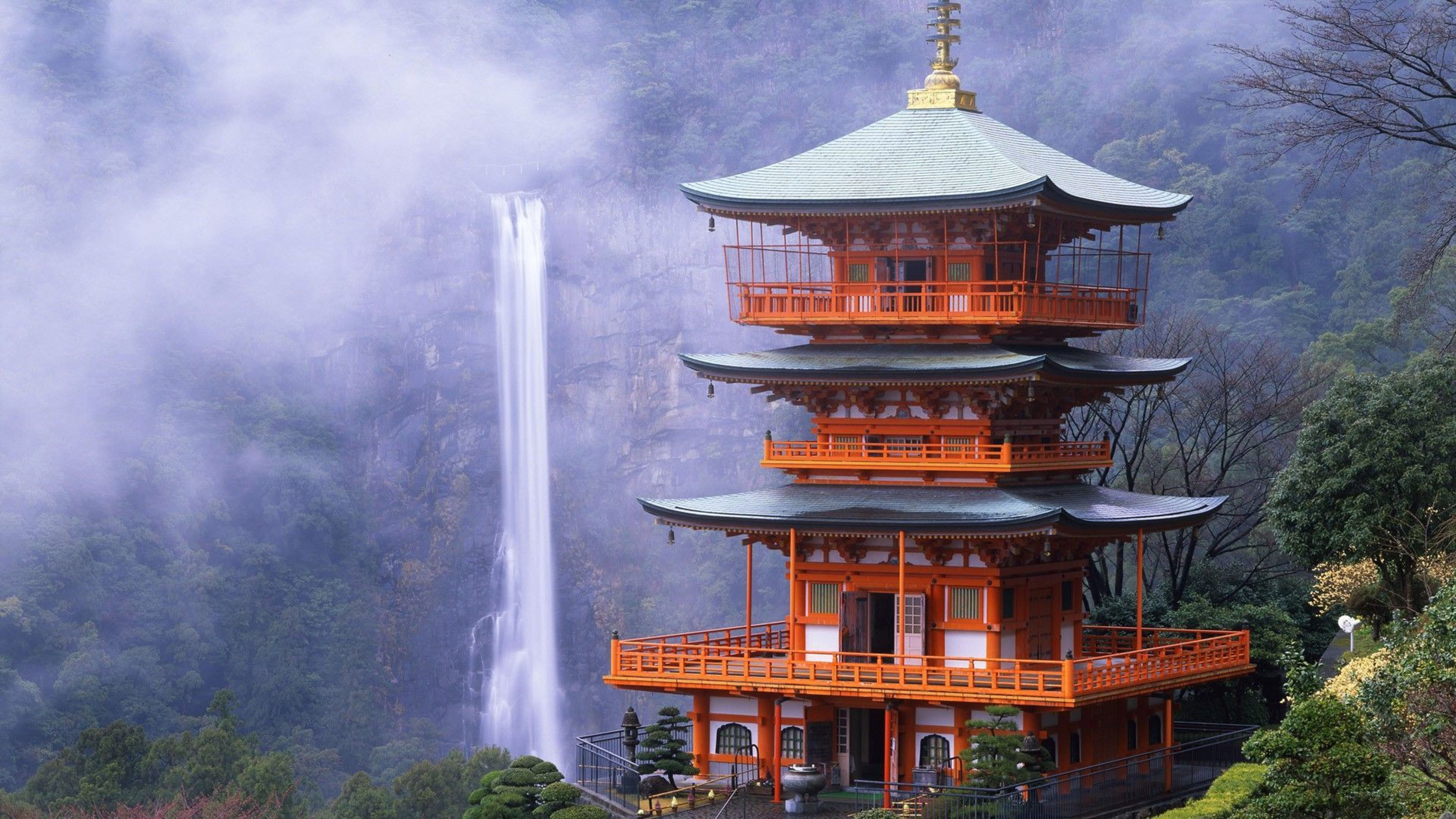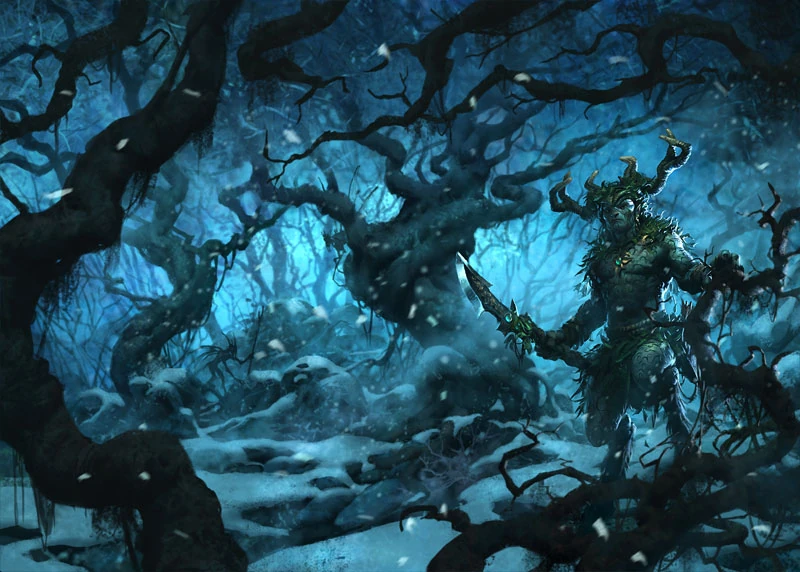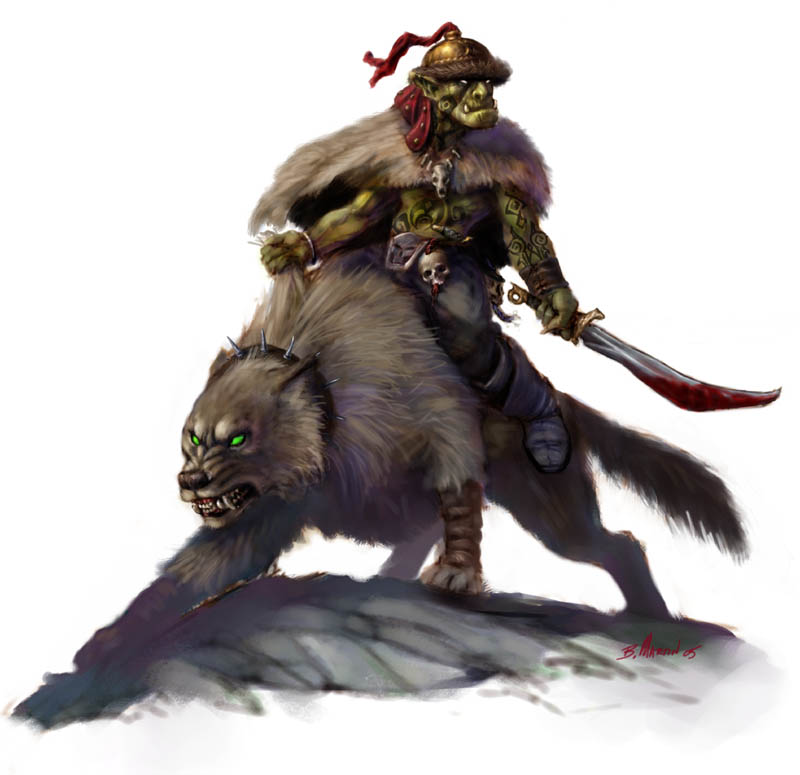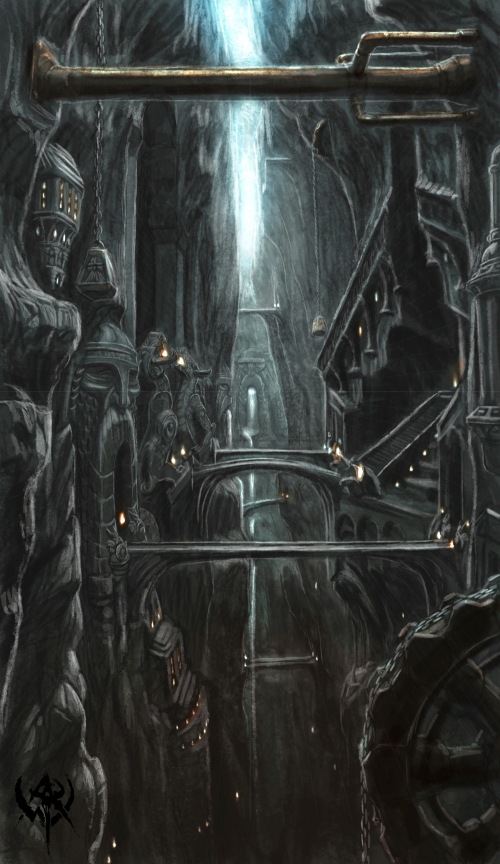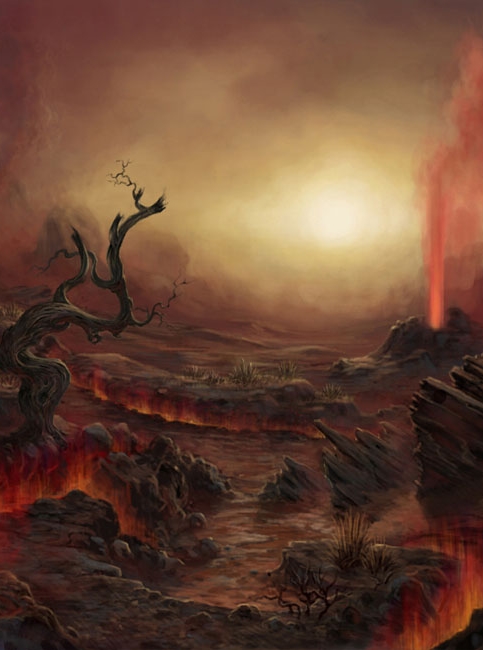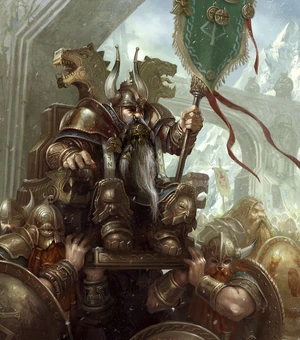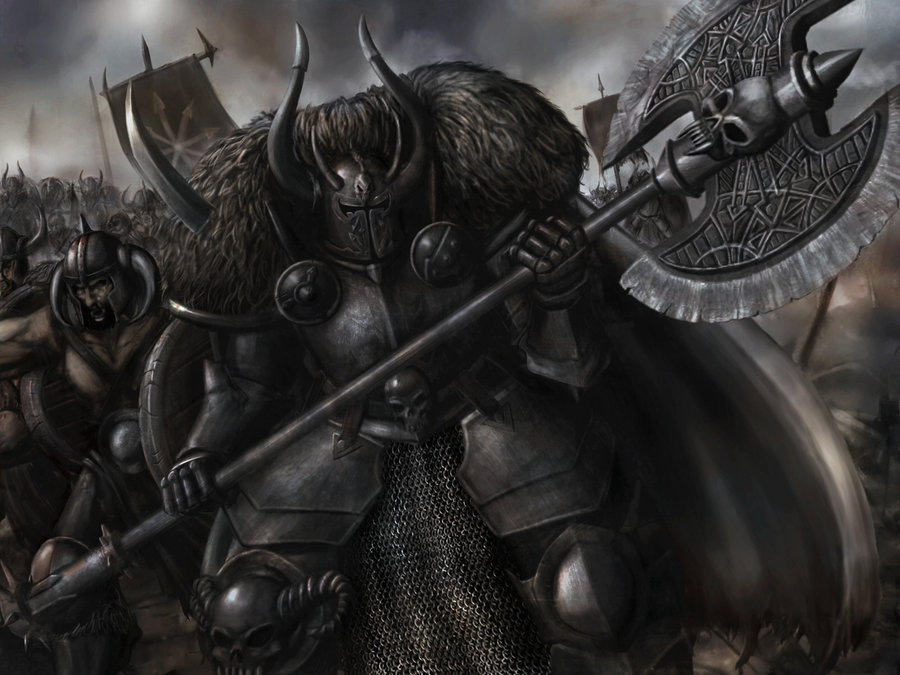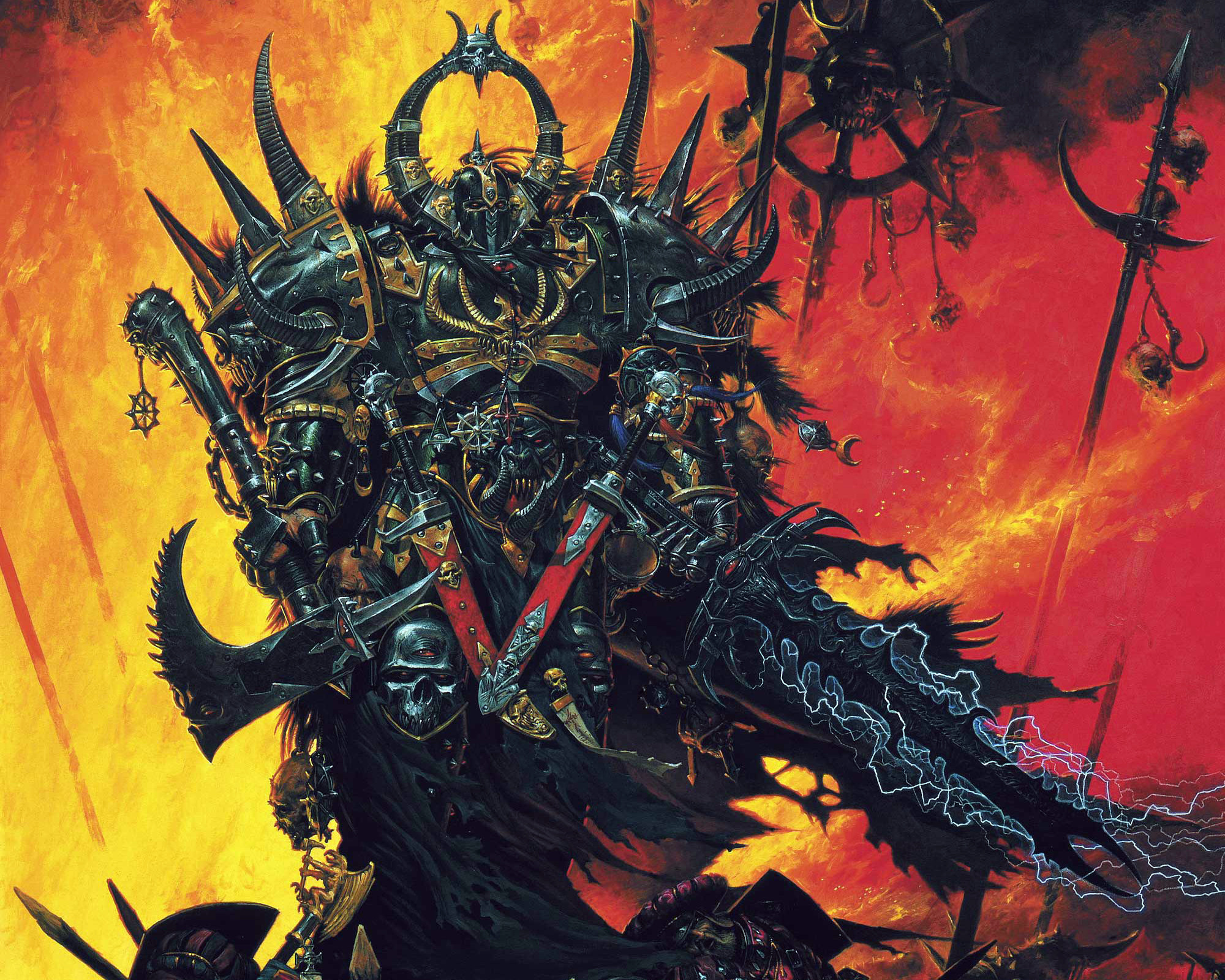THE UNTAMED LANDS
Beyond the borders of the Gilded Imperium, Chongzhen, Osmanli or one of the other human nations, the world bleeds into dark wilderness where dangerous beings lurk. True, in these places are nascent kingdoms and duchies of humanity trying to carve out a scrabbled existence, but the forces of Corruption, wild beasts and foul Mutants truly hold dominion. These Untamed Lands, as they are called, are ancient and dangerous - but they also hold mystery unknown and treasure unimaginable. Those brave enough to set foot in them rarely come back alive, and those that do are irrevocably changed.
ANAHUAC
Across the Great Ocean lies two massive continents which have only just been 'discovered' - though they have long been occupied. The southernmost continent is known as Anahuac. A land of deep swamps and even deeper jungles, it is believed that it and Kibula used to have once been one single landmass.
Within these dark jungles are the remains of the Aztlan, the chosen children of the Ancient Ones who once seeded our World. Though their empire was once grand and opulent, a terrible war with the Skrzzak has left their temple-cities in ruins, their Tlalocs in prophetic stupors and their power waning. Still they live, warring with Corruption and capturing human slaves to drain their blood into their Tlaloc's rejuvenating pools.
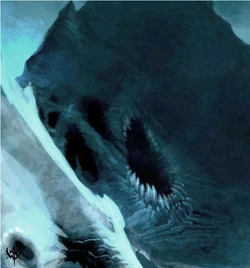 ARKTOS WASTES
ARKTOS WASTES
Far to the north at the crown of the world, the land flattens into barren cold nothingness. Here are the Arktos Wastes, a landscape of glacial mountains, vast tundras, a midnight sun and howling winds. These lands connect Dinetah, Europa and Asiwai with their bitter cold. Another Arktos Wastes lies far to the south, but that is isolated by oceanic waters.
These Wastes are the most cursed place in the World, as it is here yawns the Rift that leads to the Abyss, altering the landscape with dark magicks. Pouring out from it are demons and beasts of all sorts, and it is here the Abyssal Princes of Chaos gather their hosts to assault the world. Constantly battling for dominance with their armies, they have recently announced their choosing of an Usher, a Bringer of the End. Now, the new Usher journeys the Wastes, rallying troops and tribes for an assault on the World below.
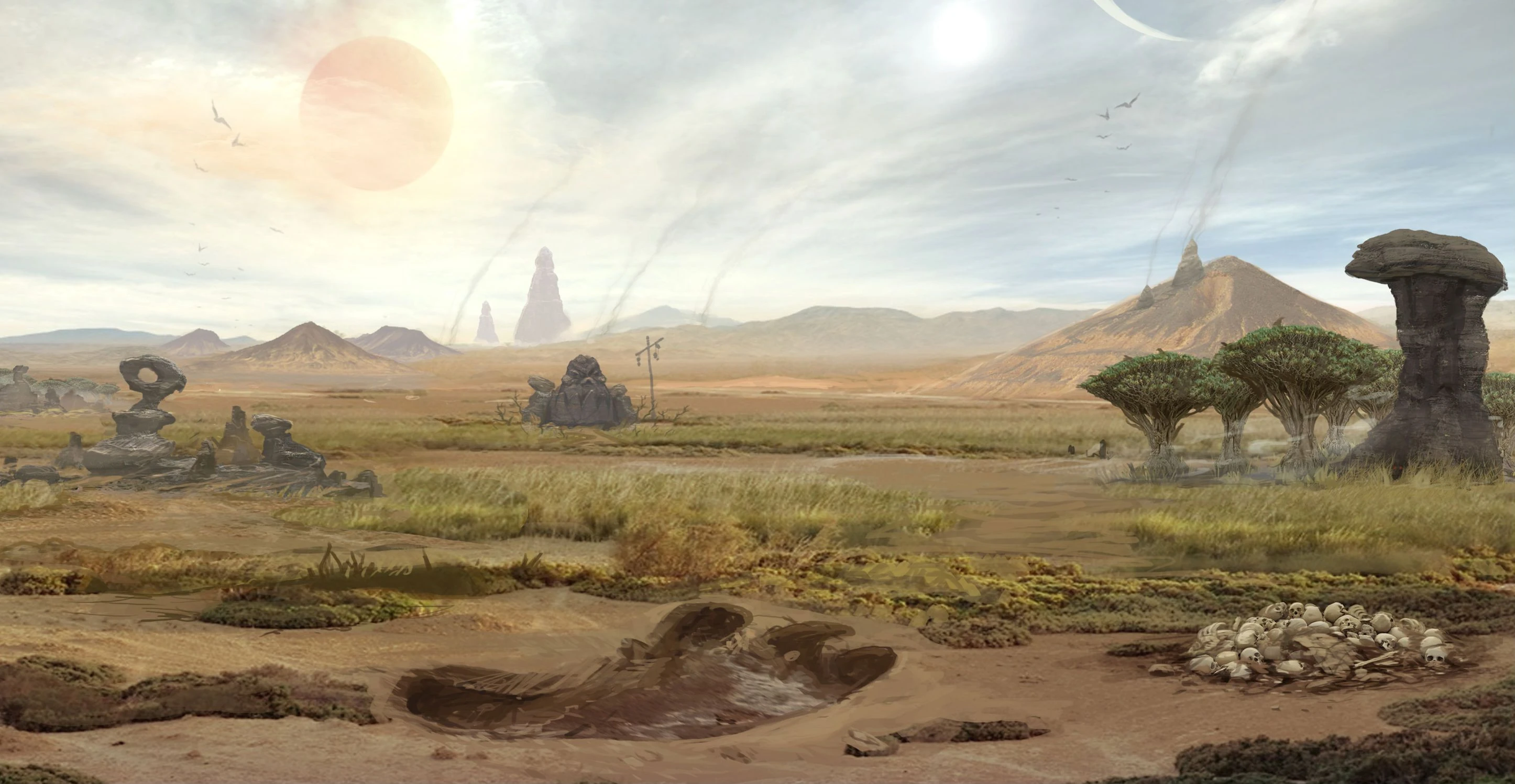 BALA-KHANA
BALA-KHANA
Pushed to the fringes of civilizations lies the stark land of Bala-Khana. Bordered to the east by the Aswiai Sea and surrounded on all other sides by the Osmanli Empire, the veldts of Bala-Khana are stark and vast. Made of mostly rocky veldts, scrub grasslands, muddy rivers and gnarled trees, it is an inhospitable place that is filled with peril.
Though nomadic humans do dwell in Bala-Khana, the overwhelming majority of residents are Orx and Goblins. Spread out among countless WAAAR! Parties and Goblin tribes who have gained a foothold since the Mutant Wars, they fight constantly against each other or attempt to invade Osmanli or any standing Dwarf Holds. Luckily they have been managed to be pushed back to this relatively cut-off piece of land, but it seems more and more of these Mutant menaces arrive in the plains of Bala-Khana day by day.
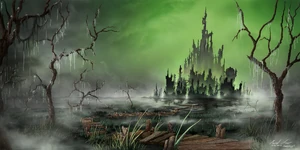 CHOSUN PENINSULA
CHOSUN PENINSULA
Located off the southern coast of Chongzhen, the Chosun Peninsula is a land of misty rainforests, wide swamps and soaring highlands. Isolated by mountains from Chongzhen and by the Aswiai Sea from nearly every place else, on first glance it is seen as nothing more than a untamed wilderness. Upon closer inspect, a much different story is told.
The Chosun Peninsula was once ruled by a spanning human empire whose name has been lost to time. This was until one day, the mysterious Skrzzak began appearing in its sewers and warrens. Over a manner of months, the Skrzzak rapidly multiplied, and with their sickness and might drove the humans out. Now the peninsula is overrun by Skrzzak Kabals, mining the hills and and forests for the copious amounts of buried Wytchstone and spreading their disease. The peninsula also contains the city of Gyeongbukgong: the most densely populated city in the World and the neutral meeting ground of all Broodmothers, making it the 'capital' of the Great Warren.
 DINETAH
DINETAH
Across the expanse of the Great Ocean lies two continents that are only now being explored - though they have long been occupied. The northernmost continent is known as Dinetah. A harsh and massive land, the north is covered in tundras and glaciers, before eventually bleeding into mountainous pine forests and harsh desert to the south.
Dinetah is now a haunted land ruled by the cruel Siabra. After the Elven Civil War, the Siabra journeyed west to Dinetah's shores. Once there they built up their massive spire cities, laid waste to the coastlines, and enslaved any human they could find upon the land. Even now their wretched empire is built upon the backs of slave labor, while they lounge in decadence and raid Europa for slaves and supplies all other times.
EIREANN
Of the coast of Europa and only a half day's sail from Albain is the small island of Eireann. Thought to have once been connected to Albain by a land bridge, Eireann is mostly composed of fens, lowlands, dark forests and rolling hills. No humans live here and it would seem unremarkable, but these woods hold dark secrets.
Within this green isle is the largest Coterie of Fey, both Seelie and Unseelie, in the entire World. Several times, large hosts of the Fey have tried to make expeditions onto the mainland, but the forces of Albain have a blockade around the island to strike down any incursions. Few who have ever set foot upon Eireann are ever seen again, their skulls most likely adorning the belts of the cruel and otherworldly Fey. In fact, it is believed that Eireann may be a direct portal to the Black Lodge and the terrors it holds.
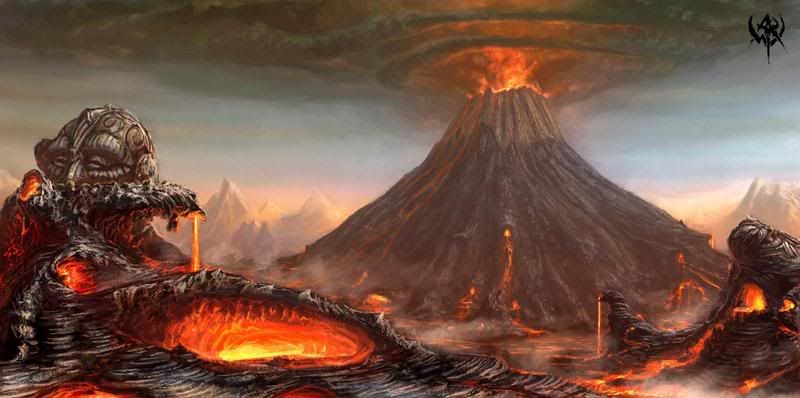 PLATEAU OF IRAM
PLATEAU OF IRAM
Between the Qafqaz Mountains on the edge of Europa and the majestic Ximalaya Mountains of Aswiai lies the dreaded Plateau of Iram. Once a relatively barren and featureless land, the disaster of the Great Eruption altered the landscape forever. Now the Plateau is covered in a permanent layer of smoke and ash, as the land is rent with steaming rifts, belching volcanoes, tar pits and rivers of oil. Nothing grows in this volcanic land, and breathing is difficult.
These deplorable lands writhe with savage life, however. Orx and Goblins of all stripes clash against each other in endless war, while Grendels dwell within dark caves and valleys. Here is also the dreaded civilization of the Duergar, separated from the bulk of Dwarven civilization after the Great Eruption. They have since succumbed to Corruption inside their massive ziggurats - spending their days either mining for gems, gold and oil to appease their Hell Furnace god, or gearing up their demon-powered war machines for assaults on civilized lands.
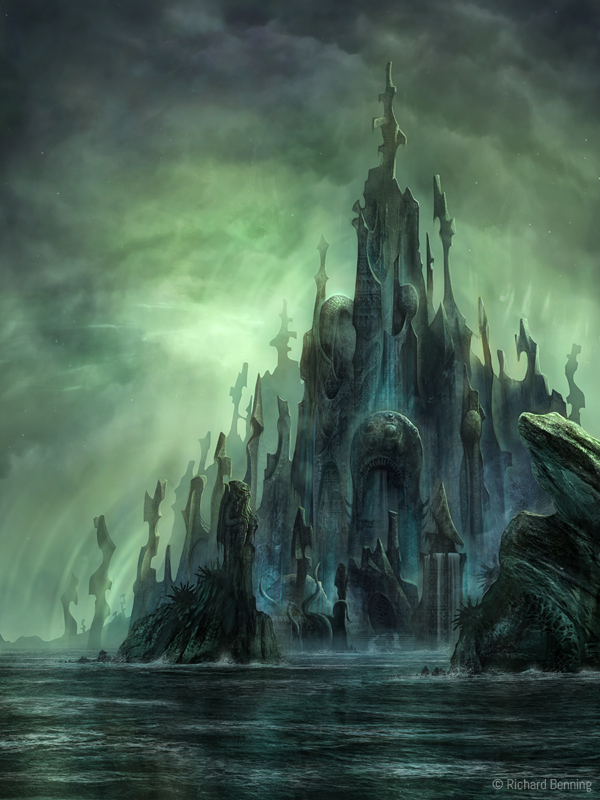 KERAJAAN ARCHIPELAGO
KERAJAAN ARCHIPELAGO
The Kerajaan Archipelago is set in the Aswiai Sea, though part of it is also a peninsula attached to the southern end of Chongzhen. Composed of mostly tropical islands and small tributaries, it had long served as a passage of trade from Europa to Aswiai. These islands had remained a wilderness for the longest time, up until the Ogre homelands were destroyed centuries ago.
Now, those Ogres who made a pact with the Witch-Queen to survive dwell in Kerajaan, mutated into the demon-spawned Fomorians. In the depths of the ocean, along the coasts and jutting from atolls are the mind-warping non-Euclidean cities of the Fomorians, where they spend their days worshiping their Crones. When not absorbed in their manic chants, they ply the waterways to ravage ships for treasure, supplies and new captives to breed with. Though other Covens have appeared throughout the oceans of the World, the Kerajaan Archipelago has the greatest concentration.
 HEART OF KIBULA
HEART OF KIBULA
The Heart of Kibula makes up the bulk of the mainland of the continent of Kibula. South of the Expanse of Kufu, the Heart is a dense land full of steaming jungles, raging rivers, soaring mountains and dangerous beasts. It is also a land brimming of natural resources, and has thus garnered the attention of Europa for potential exploitation.
The residents of Kibula are the Amazonian warrior-women, and they are not about to be exploited by 'northerners.' They have spent centuries building up their civilization after their escape from the claws of the Aztlan and will not see it fall to ruin. They regularly mount raids against colonials, deserted pirates and the occasional incursion of Grendel or Orx. Their civilization is a secret, and they intend to keep it as such.
THE KUFU EXPANSE
South of the borders of Osmanli and north of the borders of the Heart of Kibula are the dusty and windswept dunes of the Kufu Expanse. Extending across almost the entire length of northern Kibula, the Expanse is a vast desert whose winds whip like razors, scoring skin and the countless ruins rising out of the sand.
The Kufu Expanse once held the Habesha Empire, believed to be the first true human civilization. However, a being known as the Gilded Pharaoh placed a curse on the lands, turning the entire population of Habesha into undead and ascending to Daemonhood. Now the Kufu Expanse is ruled by decadent Defilers who rally up undead armies from their tomb-cities in order to strike against the lands of Man. The black obelisks and pyramids are tempting though, as they are said to hold massive treasures.
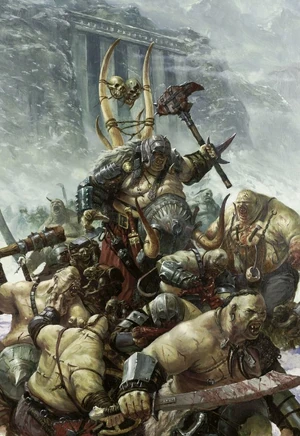 QINGZANG HIGHLANDS
QINGZANG HIGHLANDS
In the heart of the Ximalaya Mountains lies an elvated and vast plateau known as the Qingzang Highlands. Containing some of the highest mountains in the World, it is a land of bitter cold and savage beauty. It has remained untouched for centuries due to its height and isolation from the surrounding landscape.
Deep within the heart of the Highlands lie the remnants of the Ogres, living among petty kingdoms ever since their original homelands were destroyed centuries ago. They constantly feud over food and land, but this may be due to years of conflict with the Asiwai lands surrounding them. They often also raid the Great Eastern Road that serves as a trade artery between Europa, Kibula and Asiwai, so the kingdoms are despised by humanity. There are many massive ruins within the Highlands, as they were also once the home of the Nephilim before their exile.
TSAGADAINA STEPPES
North past the heights of the Ximalaya Mountains and only a day or two from the Arktos Wastes lies the Tsagadaina Steppes. A land of rolling plains, grasslands and bitter cold hills, it is believed this was the birth place of the noble horse. The land has little to offer except grass and stone, so few humans dwell here.
The vast majority of the Steppes are ruled by Hobgoblins and their goblin tribes. Divided between multiple Khans who claim to be the most powerful Hobgoblin, they spend their days launching raids to the south to attempt to take Chongzhen - a land they see as their birth right. This conflict has been going on for so long that Chongzhen has constructed a massive wall to their north to block off the advancing hordes. Even with this, the assaults continue almost nonstop.
OUTRO
Sorry for not having a post for a handful of days, as real world work has been swamping me. I decided to take a different approach here that will kind of forecast how I'm taking the Three Hundred Years' War. Much like the old version of WFRP 1e, I'm leaving these 'untamed lands' with broad strokes and mystery for a GM to fill on their own. That doesn't mean these places will not go undescribed - instead of giving them full 'nation' treatments, they'll be expounded upon in a sizable timeline, also similar to WFRP 1e. I am also thinking of going back and revising the layout of some posts, but I want to do a 'new' nation first before I go altering things rashly. Anyway, hope you enjoy this one!








